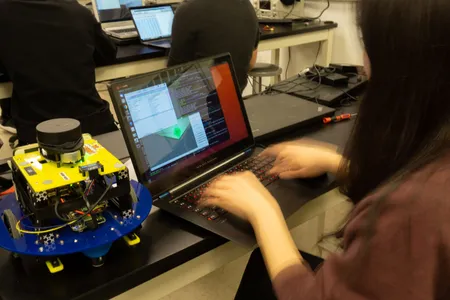☰
Work together. Create smart machines. Serve society.

Improving Mars and Moon rover localization with ground penetrating radar
November 6, 2025
By incorporating ground penetrating radar into a planetary rover's localization system, rovers could traverse planets more accurately in environments where wheels often slip.
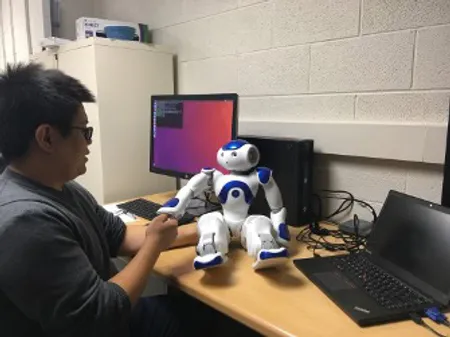
A common language to describe and assess human-agent teams
October 23, 2025
Using a new taxonomy, an analysis of testbeds that simulate human and autonomous agent teams finds a need for more complex testbeds to mimic real-world scenarios.
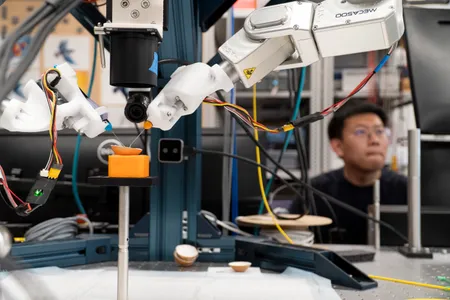
Surgeons “walking across the retina” project earns NIH Innovator Award
October 7, 2025
A project to improve how delicate microsurgeries are conducted by scaling up tissue in virtual reality could advance medicine.
Social media
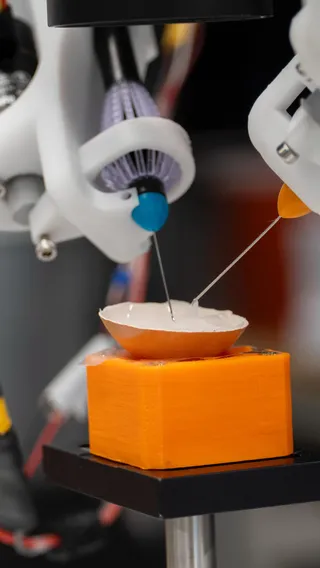
“Rather than picking at delicate membranes on the retina that they could hardly see and barely feel, surgeons can walk across the surface of the retina in a 3D reconstruction and rake up these membranes, like they are raking leaves,” says Dr. Mark Dr...
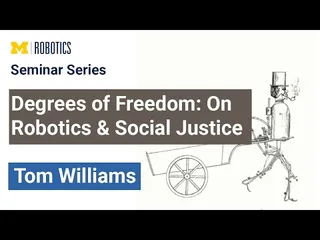
Robotics Seminar: Tom WilliamsOn November 12, 2025, Tom Williams presented “Degrees of Freedom: On Robotics and Social Justice” as part of the Michigan ...
HIRING: Unit Administrator The Robotics Unit Administrator manages the administrative operations of the new and growing Robotics Department at the University of Michigan. Ann Arbor, MI Salary: $120k - $145k https://t.co/e8k6PYEnGj https://t.co/ekG...
